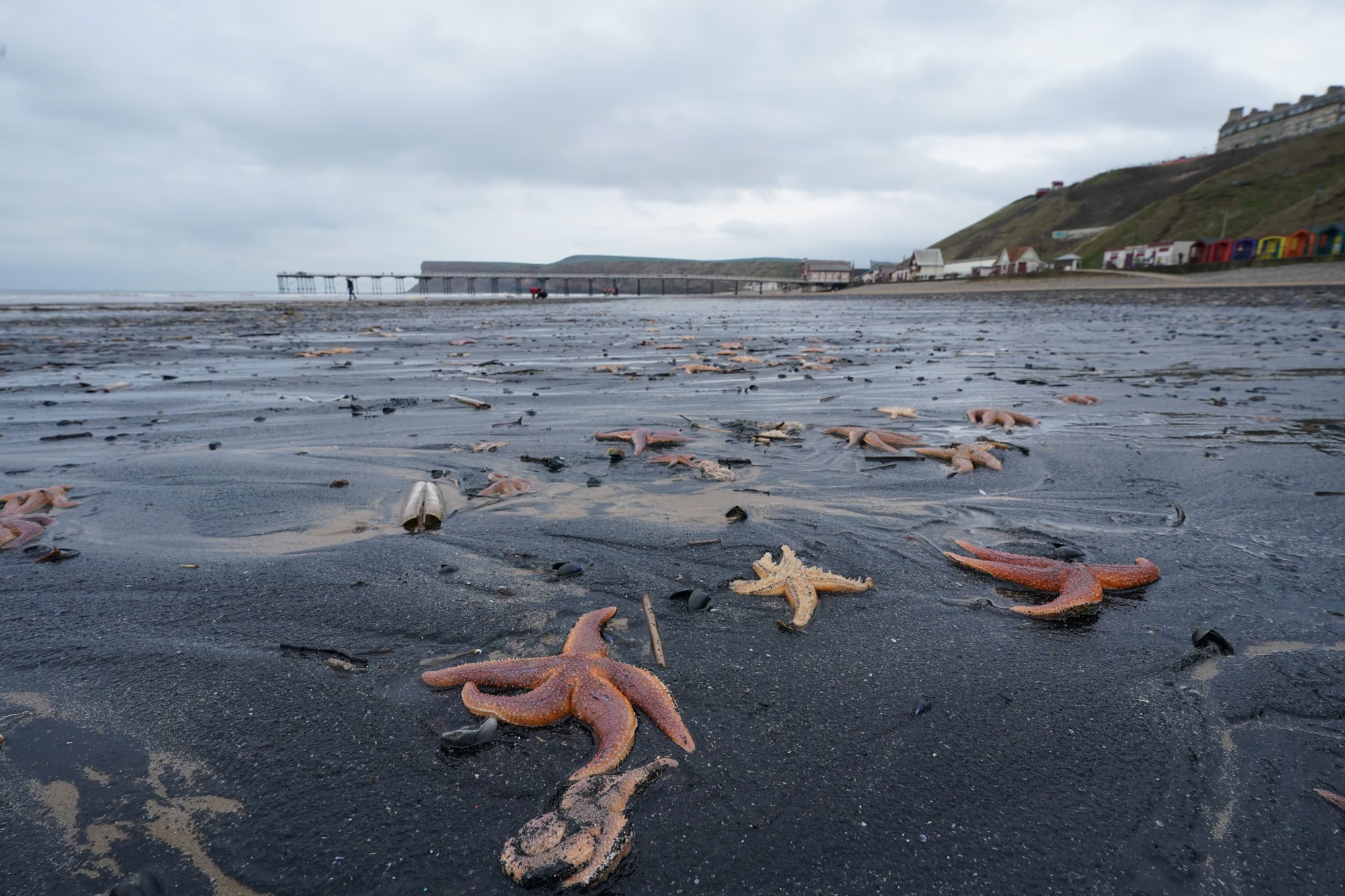Some areas of water surrounding Antarctica have become noticeably more saline—a shift that, as it turns out, is affecting sea ice levels in the southern hemisphere.
A new study published in the journal Proceedings of the National Academy of Sciences found that rising salinity in the ocean’s surface layers may partly explain the decline in Antarctic sea ice observed over the past decade. This marks a reversal from the earlier period of sea ice expansion.
"Antarctic ice has a massive impact—on sea levels, on global warming, and therefore on climate extremes," says Alessandro Silvano, the study’s lead author and a senior research fellow at the University of Southampton specializing in the Southern Ocean. The findings, he says, indicate that "we are entering a new system, a new world."
Sea ice in the Earth’s polar oceans melts each summer and reforms in winter, acting as a mirror that reflects solar heat back into space. Since the late 1970s, Arctic sea ice has been shrinking dramatically as global temperatures rise. Antarctica, by contrast, had long been an outlier—with sea ice expanding until the 2010s.
The study relied on satellite data that track changes by measuring brightness—a parameter that correlates weakly but consistently with water salinity. However, this signal is faint and easily masked by other factors, explains Dr. Alessandro Silvano. Only with the help of new analysis algorithms was it possible to detect the trend.
The Heat Ahead

Marine Heat as the New Normal
What’s Behind the Oceans’ Unprecedented Warming?

Melting Glaciers Threaten Large-Scale Consequences for the Planet
Why Can’t the World Afford to Lose Its Ice?

'Climate Realism'
A World Three Degrees Warmer—and Colder in Blood
When Silvano and his co-authors first observed the increase in salinity, they suspected a satellite error. But then oceanographic instruments began recording similar changes—confirming that the trend was real.
"Since melting ice should make the ocean less salty, we expected to see a drop in salinity," the scientist says. He adds that climate change is increasing both precipitation and runoff from Antarctica’s melting glaciers—developments that should, in theory, add more freshwater. "Instead, we saw salinity rising."
Increased salinity alters the density of seawater and triggers the upward movement of warmer water masses that typically remain at depth. This warm water accelerates sea ice melt and hampers its regeneration during winter.
The result is a feedback loop: the less ice there is, the less freshwater is released to help balance salinity and temperature. According to Silvano, this intensifies warming and makes the system increasingly unstable.
Sharon Stammerjohn, a senior scientist at the Institute of Arctic and Alpine Research at the University of Colorado Boulder, called the new study "a missing link" in understanding the causes of Antarctic sea ice change. "For the past ten years, we've been trying to figure out why Antarctic sea ice declined so abruptly—and why the decline is continuing," she noted.
As Stammerjohn explains, the ocean traditionally acts as the planet’s thermal "bank." Freshwater, being less dense, forms a surface layer that acts like a lid, trapping saltier, warmer water beneath. Rising salinity disrupts this layer and leads to greater vertical mixing—releasing heat toward the surface. "Until 2015, that lid was still holding," she said.
Climatologist Cecilia Bitz of the University of Washington emphasized that until recently, there was a severe lack of observational data on Antarctica—a complex and remote system. Only in the past decade has the situation begun to improve, thanks to enhanced satellite monitoring and the expansion of the Argo network of autonomous oceanographic buoys equipped with sensors. These were the primary data sources used in Dr. Silvano’s study.
However, that observational infrastructure is now under renewed threat. The U.S. Department of Defense has announced it will stop providing certain satellite data as of July 31—data that scientists rely on to monitor sea ice. The cuts will affect not only research in Antarctica and the Arctic but also hurricane forecasting, as one of the sensors slated for shutdown plays a key role in both areas.
How the scientific community will adapt to the loss of these data remains uncertain, Stammerjohn acknowledged. However, she noted that there are some alternatives—including satellite programs run by the European Space Agency and the Japan Aerospace Exploration Agency—which may be able to partially fill the gap.
The Heat Ahead

Why Cloud Brightening Projects Face Public Pushback?
Climate Engineering Meant to Slow Global Warming Is Being Stalled Not by Technology—But by Mistrust From Local Communities

Less Ice, More Flowers
Antarctica is Warming Rapidly

